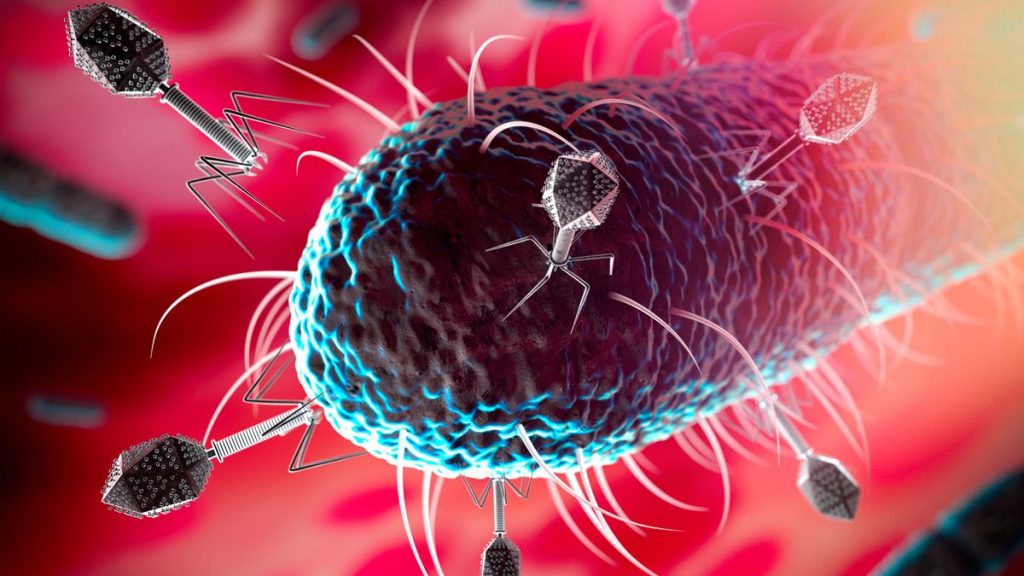The design of various medicines already goes back thousands of years, whether it follows a pharmaceutical or traditional process. Currently, researchers have developed a new antibiotic that would be effective against all existing infections, especially against new existing viruses such as MRSA. This new antibiotic was therefore designed by researchers at Rockefeller University. They called them “cilagicine”. The drug is already proving effective when tested on laboratory mice.
A new effective drug
In chemical tests, the drug was effective in mice carrying theMRSA infection. Moreover, the researchers claimed that it interacts with these threats and neutralizes them through a new chemical pathway. Indeed, computer simulations of bacterial genes suggest that this compound could kill even the most stubborn bacteria compared to a wide range of other antibiotics due to the chemical pathway it targets. Namely, most of today’s antibiotics were developed from observing how bacteria kill each other.
But it wasn’t just then that it was done because even at the time of penicillin’s design, researchers used this process. Therefore, based on the same principle, researchers today are trying to associate them with new components since some bacteria have become more resistant than others. Researchers therefore turned to algorithms. The principle is therefore to analyze DNA samples in order to know the structure of the compounds they encode. As a result, the data obtained can be used to simulate the action of candidate antibiotics. So if they show promise, they will be synthesized in the laboratory.

Cilagicine clinical trials have been a success
During researches, the scientists did not come across the correct sequence on the first attempt. It was only after several tests that they detected the “eyelash” gene. In testing, researchers were able to observe that cilagicin reliably destroyed Gram-positive bacteria without harming human cells. After that, they performed chemical optimization so that it could be used on live animals. Like the mice in the laboratory, it was a real success. Indeed, the drug has been shown to be effective in treating bacterial infections in animals. Will it be the same in humans?
[related_posts_by_tax taxonomies=”post_tag”]
The post This synthetic antibiotic promises to destroy drug-resistant bacteria appeared first on Gamingsym.
